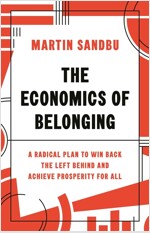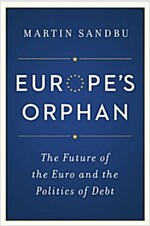"The COVID-19 pandemic is forcing a rethink in macroeconomics," The Economist (Jul 25, 2020) https://www.economist.com/briefing/2020/07/25/the-covid-19-pandemic-is-forcing-a-rethink-in-macroeconomics
Woodford, Michael and Xie, Yinxi, "Fiscal and Monetary Stabilization Policy at the Zero Lower Bound: Consequences of Limited Foresight" (July 2020). NBER Working Paper No. w27521, Available at SSRN: https://ssrn.com/abstract=3649885
Abstract:
This paper reconsiders the degree to which macroeconomic stabilization is possible when the zero lower bound is a relevant constraint on the effectiveness of conventional monetary policy, under an assumption of bounded rationality. In particular, we reconsider the potential role of countercyclical fiscal transfers as a tool of stabilization policy. Because Ricardian Equivalence no longer holds when planning horizons are finite (even when relatively long), we find that fiscal transfers can be a powerful tool to reduce the contractionary impact of an increased financial wedge during a crisis, and can even make possible complete stabilization of both aggregate output and inflation under certain circumstances, despite the binding lower bound on interest rates. However, the power of such policies depends on the degree of monetary policy accommodation. We also show that a higher level of welfare is generally possible if both monetary and fiscal authorities commit themselves to history-dependent policies in the period after the financial disturbance that causes the lower bound to bind has dissipated. Hence forward guidance continues to play an important role in increasing the effectiveness of stabilization policy.



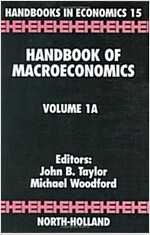

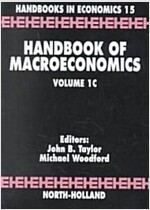
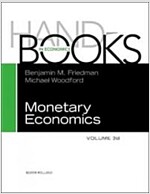
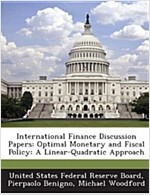


"II. A monetary lifeline: central banks' crisis response," BIS Annual Economic Report (Jun 30, 2020) https://www.bis.org/publ/arpdf/ar2020e2.htm
Key takeaways:
1. In the face of an unprecedented crisis caused by the Covid-19 pandemic, central banks were again at the forefront of the policy response. In concert with fiscal authorities, they took swift and forceful action, tailored to the specific nature of the stress.
2. Central banks' role as lenders of last resort has seen another important evolution. There has been a marked shift towards providing funds to the non-bank private sector and, in emerging market economies, towards interventions in domestic currency asset markets.
3. In the post-crisis period, much higher sovereign debt and heightened uncertainty about the overall economic environment - particularly the inflation process - could further complicate the trade-offs central banks face.
Webinar: Olivier Blanchard on what it will take to save the economy from COVID-19 https://youtu.be/9jSyhtYq_ME (관련 기사: https://promarket.org/2020/04/08/covid-19-central-banks-and-debt-monetization-a-webinar-with-olivier-blanchard/)
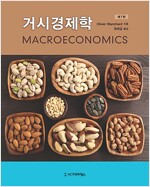
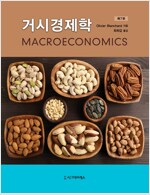

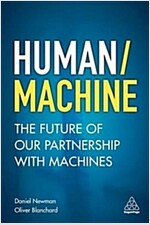

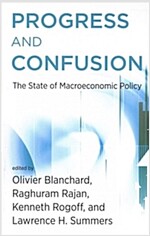
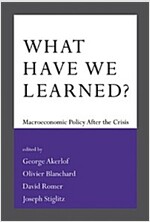

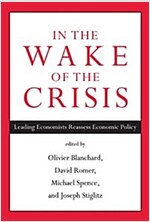
Brunnermeier, Markus K., and Yann Koby. “The Reversal Interest Rate,” (Dec 2018). NBER Working Paper No. w25406, https://scholar.princeton.edu/markus/publications/reversal-interest-rate-effective-lower-bound-monetary-policy
Abstract:
The “reversal interest rate” is the rate at which accommodative monetary policy reverses its intended effect and becomes contractionary for lending. It occurs when banks' asset revaluation from duration mismatch is more than offset by decreases in net interest income on new business, lowering banks' net worth and tightening their capital constraints. The determinants of the reversal interest rate are 1) banks' fixed-income holdings, 2) the strictness of capital constraints, 3) the degree of pass-through to deposit rates, and 4) the initial capitalization of banks. Furthermore, quantitative easing increases the reversal interest rate and should only be employed after interest rate cuts are exhausted. Over time the reversal interest rate creeps up since asset revaluation fades out as fixed-income holdings mature while net interest income stays low. We calibrate a New Keynesian model that embeds our banking frictions and show that the economics behind the reversal interest rate carry through general equilibrium.
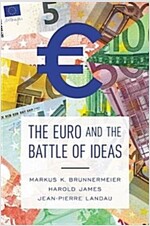
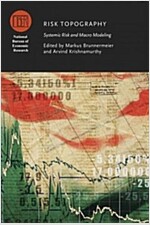

Atif Mian, Ludwig Straub, and Amir Sufi. Working Paper. “The Saving Glut of the Rich and the Rise in Household Debt” (Jul 2020) https://scholar.harvard.edu/straub/publications/saving-glut-rich-and-rise-household-debt
Abstract:
Rising income inequality since 1980 in the United States has generated a large increase in saving by the top of the income distribution, which we call the saving glut of the rich. The saving glut of the rich has been on the same order of magnitude as the global saving glut, and it has not been associated with an increase in investment. An examination of the distribution of income and wealth reveals that a large fraction of the rise in household borrowing by non-rich households has been financed by rich households through this saving glut. Analysis using variation across states in the rise in top income shares shows that income growth at the top of the income distribution can explain 75% of the accumulation of household debt held as a financial asset by households in the United States. After the Great Recession, evidence suggests that the saving glut of the rich has been financing government deficits to a greater degree.
Mian, Atif R. and Straub, Ludwig and Sufi, Amir, Indebted Demand (April 2020). NBER Working Paper No. w26940, Available at SSRN: https://ssrn.com/abstract=3569405
Abstract:
We propose a theory of indebted demand, capturing the idea that large debt burdens by households and governments lower aggregate demand, and thus natural interest rates. At the core of the theory is the simple yet under-appreciated observation that borrowers and savers differ in their marginal propensities to save out of permanent income. Embedding this insight in a two-agent overlapping-generations model, we find that recent trends in income inequality and financial liberalization lead to indebted household demand, pushing down natural interest rates. Moreover, popular expansionary policies—such as accommodative monetary policy and deficit spending—generate a debt-financed short-run boom at the expense of indebted demand in the future. When demand is sufficiently indebted, the economy gets stuck in a debt-driven liquidity trap, or debt trap. Escaping a debt trap requires consideration of less standard macroeconomic policies, such as those focused on redistribution or those reducing the structural sources of high inequality.

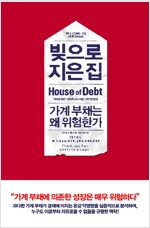
Stansbury, Anna and Summers, Larry, The Declining Worker Power Hypothesis: An Explanation for the Recent Evolution of the American Economy (May 2020). NBER Working Paper No. w27193, Available at SSRN: https://ssrn.com/abstract=3609645
Abstract:
Rising profitability and market valuations of US businesses, sluggish wage growth and a declining labor share of income, and reduced unemployment and inflation, have defined the macroeconomic environment of the last generation. This paper offers a unified explanation for these phenomena based on reduced worker power. Using individual, industry, and state-level data, we demonstrate that measures of reduced worker power are associated with lower wage levels, higher profit shares, and reductions in measures of the NAIRU. We argue that the declining worker power hypothesis is more compelling as an explanation for observed changes than increases in firms’ market power, both because it can simultaneously explain a falling labor share and a reduced NAIRU, and because it is more directly supported by the data.
Martin Sandbu: The Economics of Belonging (Bristol Festival of Ideas) (Jul 16, 2020)
https://youtu.be/MhjI2RpeHFY
